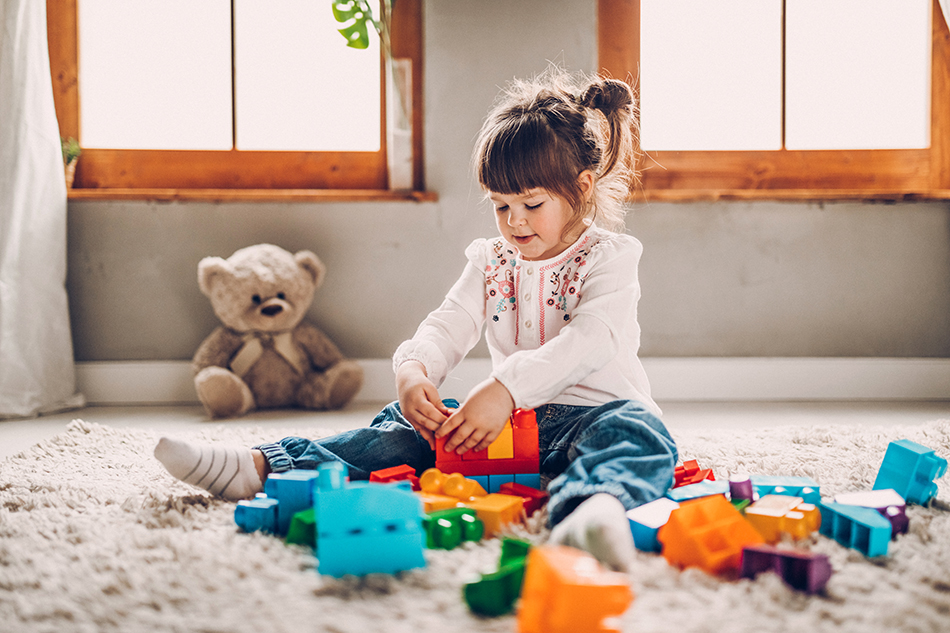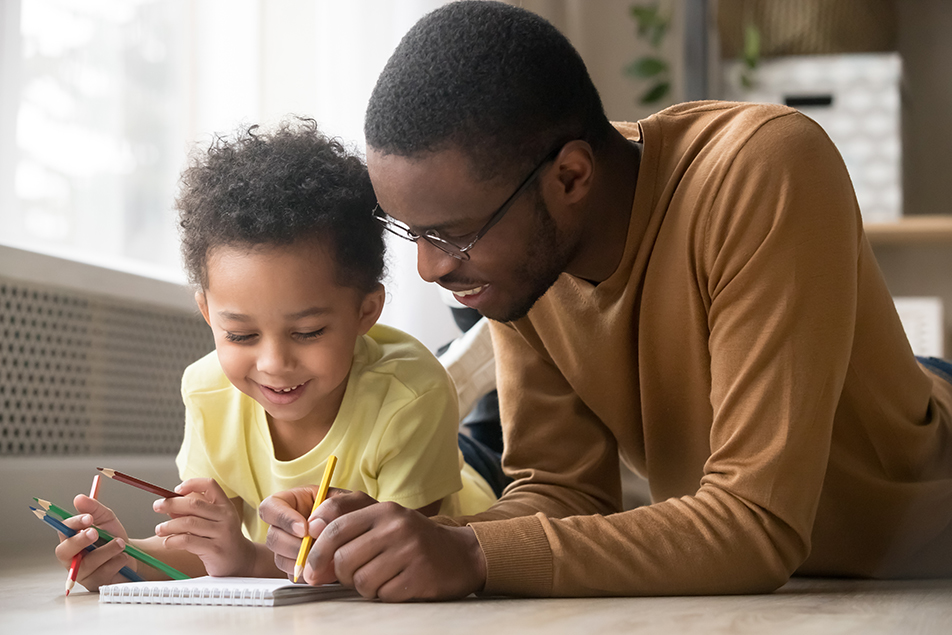
In a world full of electronics, play is often a lost art. However, as the team of Parkview certified child life specialists emphasizes, play is so incredibly important for learning, growth and development. Children learn best through play. This holiday season, the team recommends gifting the children on your list with toys that can be “their tools” for learning through each developmental phase. Here they provide the justification and options for play that promotes learning in a way that’s self-directed, open-ended, exploratory and innovative.
Open-ended play
Some of the most valuable toys are those that encourage open-ended play, are simple, not branded and not flashy. These toys promote and develop collaboration, creativity, problem-solving, resilience and empathy. Toys should allow creative minds to explore different ways to play or find multiple ways to enjoy a toy instead of just one. Pre-determined rules decrease the opportunities to develop and use creativity, problem-solving skills and social skills.
It’s common for caregivers to try and get a child’s attention with a toy centered around a favorite movie or television show, but these types of toys start the play out with limitations and expectations as they are imitating what they see instead of creating their own play.
Math and science play
Science play and numbers/mathematical play are often believed to be most beneficial for primarily school-age kids. This misunderstanding could be due to the subjects in school. Especially in our current school curriculum that focuses on STEM (science, technology, engineering and mathematics). But, as mentioned above, children learn through play. Caregivers can introduce opportunities for science play and numbers/mathematical play during infancy and continue out into adulthood.
Science play focuses on developing cognitive skills. During this type of play, children compare, explore cause and effect, invent, observe, theorize and experiment. Numbers/mathematical play is often started through repetition and observation in younger children. Young children learn and develop skills through repetition. Shapes and problem-solving can be learned through simple puzzles or stacking toys, and eventually through playing with the more complex toys such as layered puzzles and toys with more pieces.
Imaginative play
Make-believe and construction are two additional types of play. Most often, we see older toddlers and young school-age children exhibiting and partaking in these types of play. Both are loosely structured and encourage them to use their imagination. Make-believe play also develops creativity, understanding of others and empathy. Construction play creates opportunities to build and grow.
Play kits, art kits, toy kits or subscription boxes are some of this year’s most popular gifts. These can be purchased for all age groups. The best part about these gifts is that they emphasize the importance of play and provide children with the 21st-century skills that are critical in adulthood.
Children play all the time, whether it’s with toys or not. Playing with their imagination is just as important. When was the last time you sat down and took the time to play with a child? Children love when adults play with them! This holiday season, give the gift of, not only toys, but also your time. Making the commitment to spend time with a child is more important than giving them any physical item. Memories will last longer and be more valued. Think of ways you can play without having toys. Go outside and go sledding or play in the snow, play a game, create a game, build a fort, tell stories and see where imagination leads. Get creative and encourage your child to do the same.
For Toys that promote growth, development, creativity and learning, visit discoverytoys.net or playopolistoys.com.




